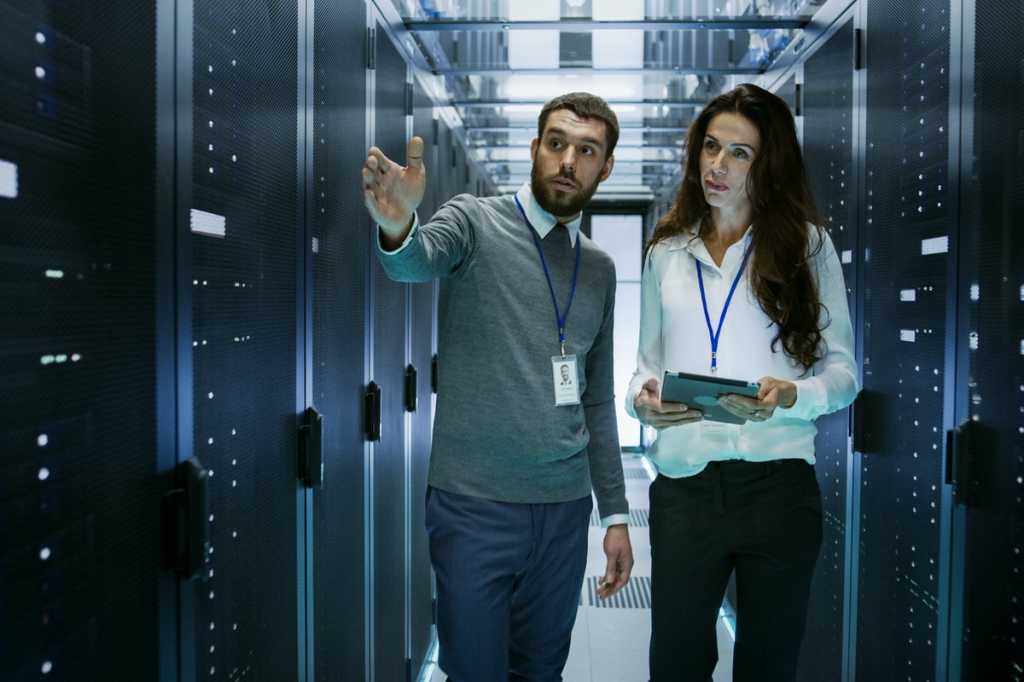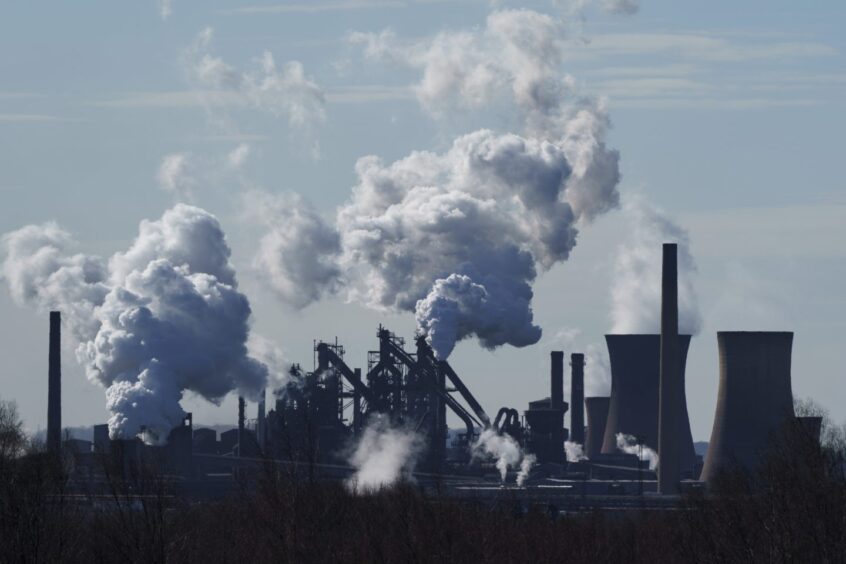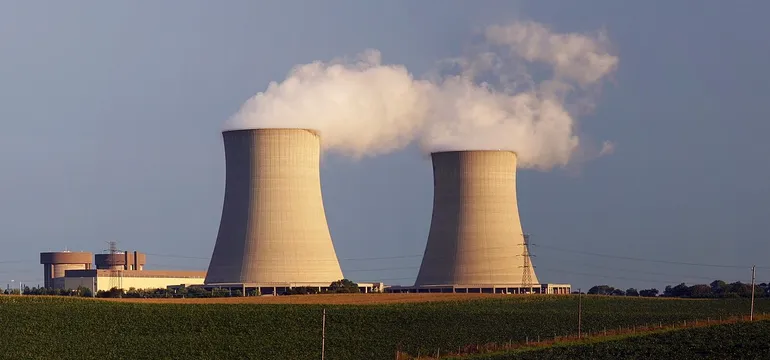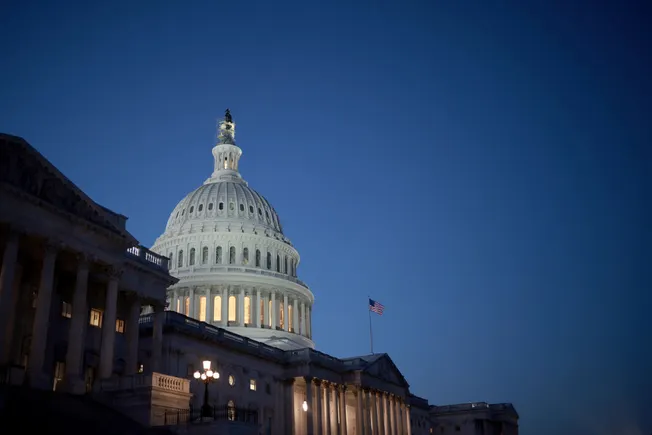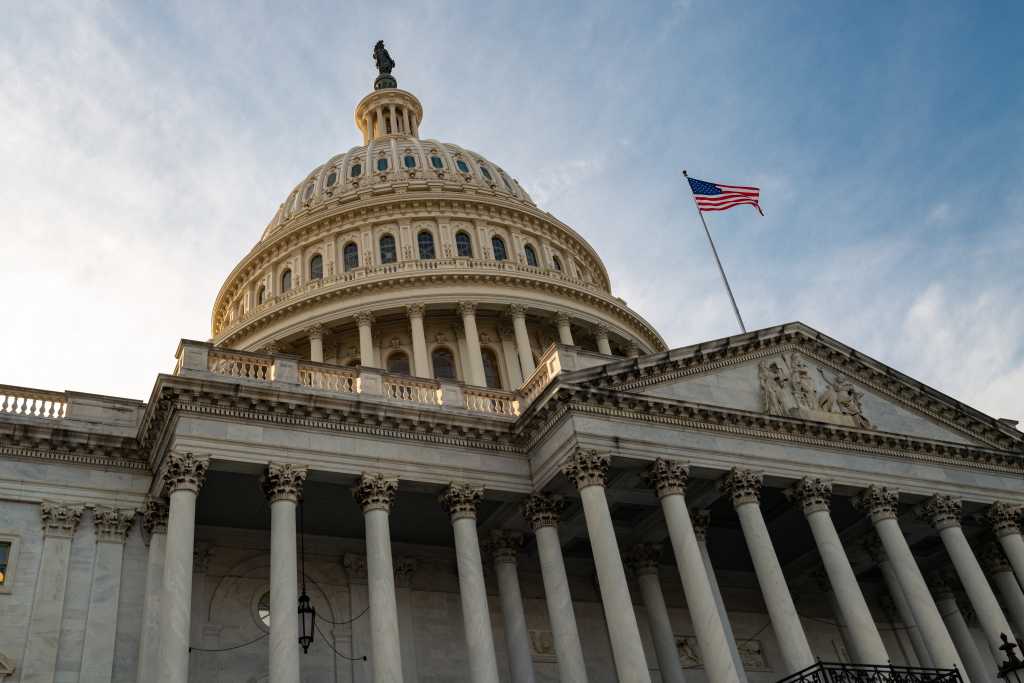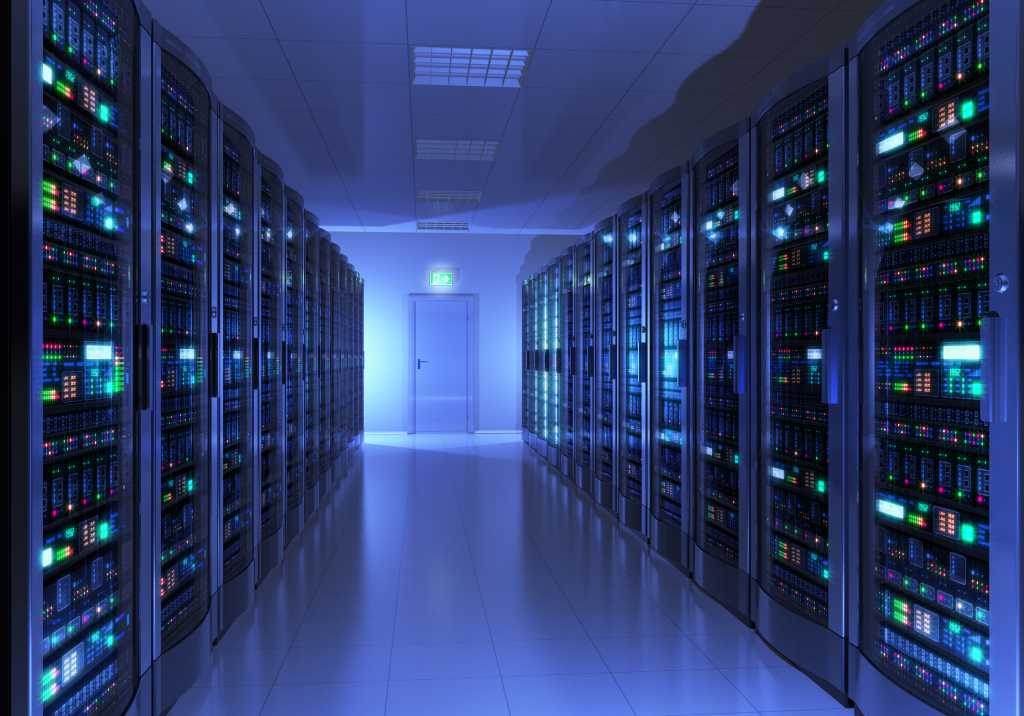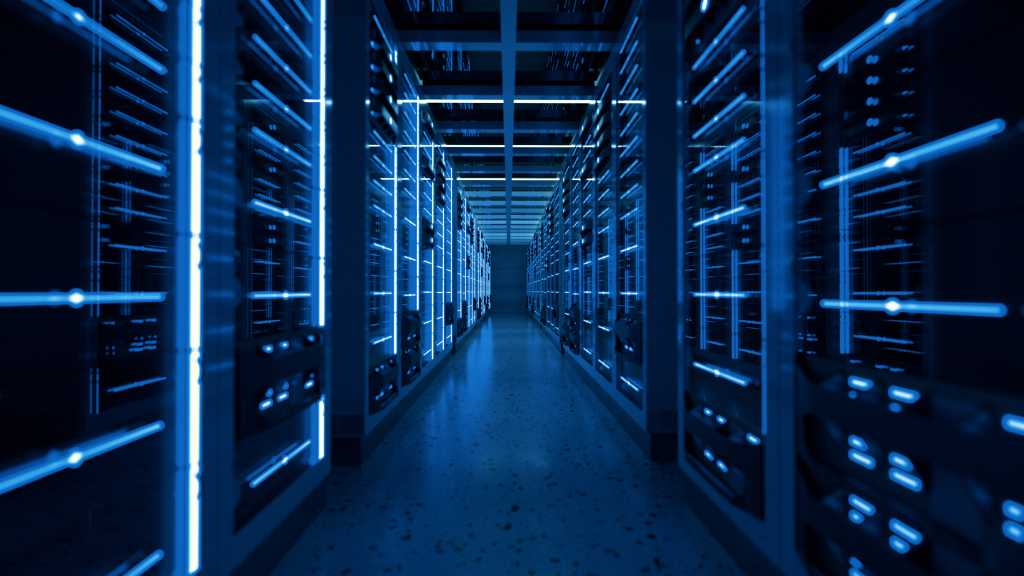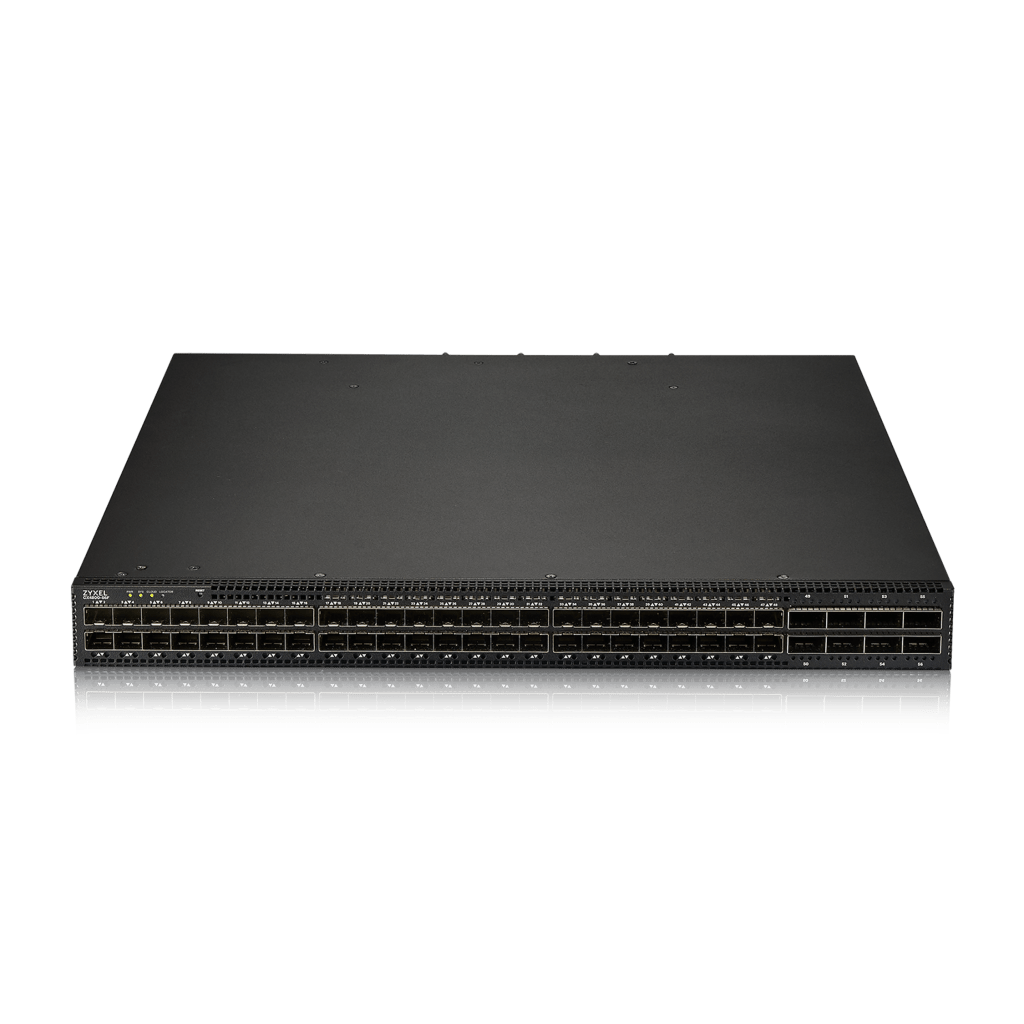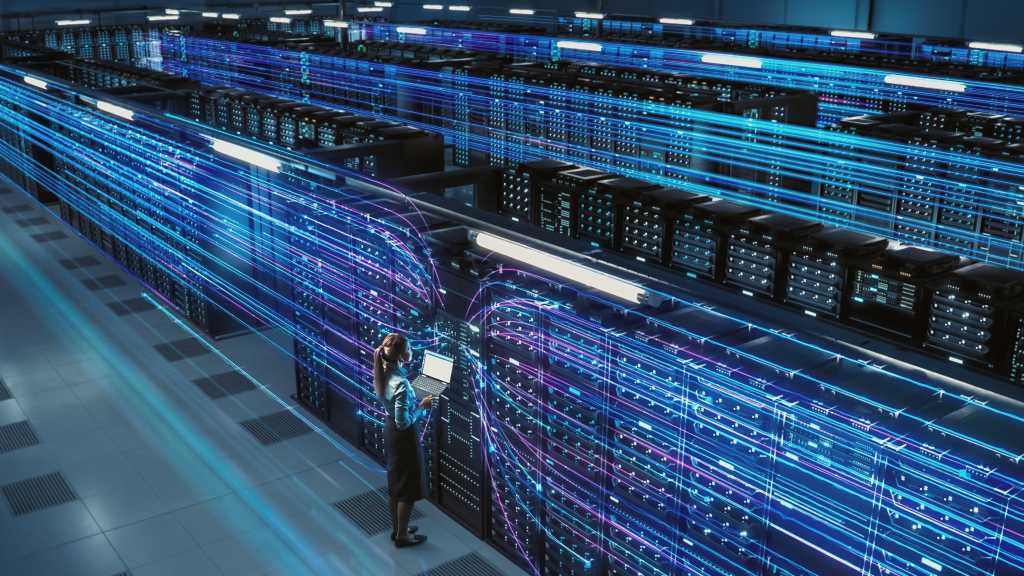
Oil slumped along with equity markets as US consumer confidence tumbled, adding to mounting concerns that US President Donald Trump’s policies will hamper economic growth and sap energy demand.
West Texas Intermediate fell 2.5% to settle below $69 a barrel at the lowest closing price this year. US consumer confidence dropped the most since 2021 and missed analysts’ estimates, prompting traders to flee risk assets, including equities.
Trump’s tariffs and recent moves to further decouple economic ties with China, which spurred a drop in the Asian country’s stock markets Tuesday, are worsening the already-gloomy outlook for energy demand in the world’s largest oil consumer. Domestically, the trade turmoil is raising Americans’ inflation expectations amid a cooling labor market.
“Crude markets are seeing another layer of bearish pressure from a continued string of misses in economic data,” said Frank Monkam, head of macro trading at Buffalo Bayou Commodities. “Such a rollover in economic data bodes ill for crude demand.”
Crude has now broken below the roughly $5 range it had wandered in for February. Oil had initially spiked above $80 early this year before fading amid persistent expectations of lackluster Chinese demand, the potential for additional barrels on the market and the prospect that tariffs will weigh on global growth.
Earlier this week, the US imposed more curbs on brokers, vessels and individuals that it said were linked to illicit shipments of Iranian crude. Markets had a muted reaction to the additional sanctions on expectations that the trade would adapt quickly by ramping up ship-to-ship transfers or switching off geo-locating signals for longer. The shifts would resemble Russia’s steps to keep crude exports flowing in the face of restrictions.
“Sanctions are not the bullish factor many are expecting unless we see true attempts at locating and blockading tankers with naval forces — an unprecedented level of escalation,” said Joe DeLaura, a former trader and global energy strategist with Rabobank.
Oil Prices:
- WTI for April delivery fell 2.5% to $68.93 a barrel in New York.
- Brent for April settlement slid 2.4% to $73.02 a barrel.
What do you think? We’d love to hear from you, join the conversation on the
Rigzone Energy Network.
The Rigzone Energy Network is a new social experience created for you and all energy professionals to Speak Up about our industry, share knowledge, connect with peers and industry insiders and engage in a professional community that will empower your career in energy.
MORE FROM THIS AUTHOR
Bloomberg




